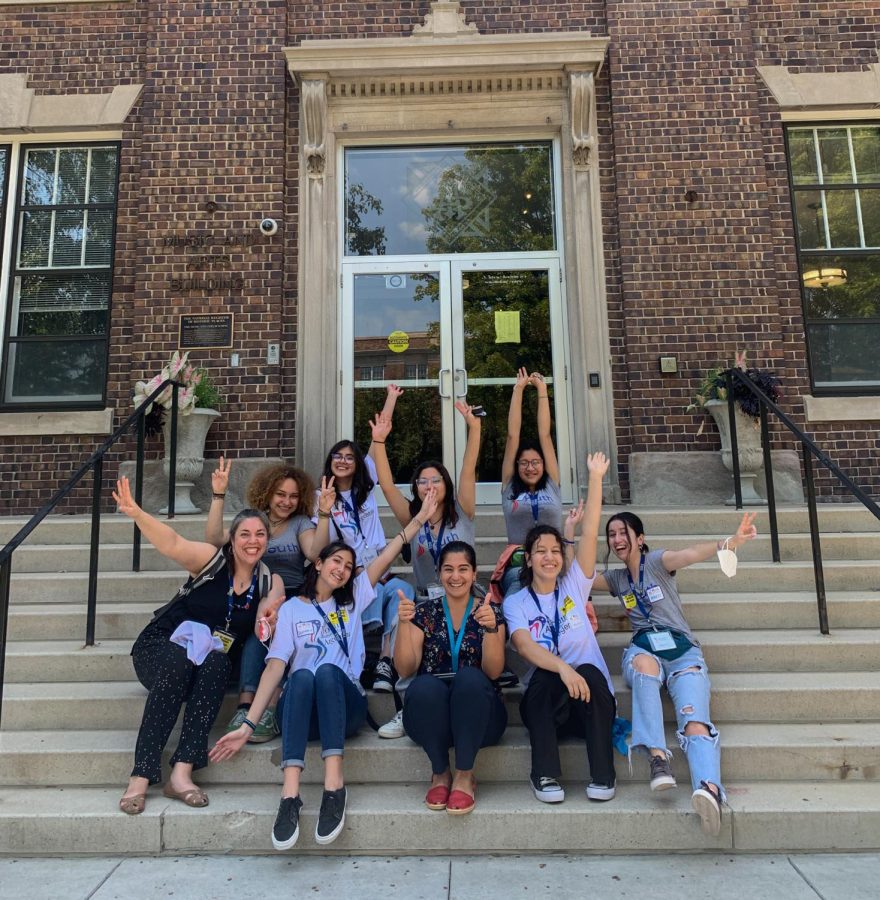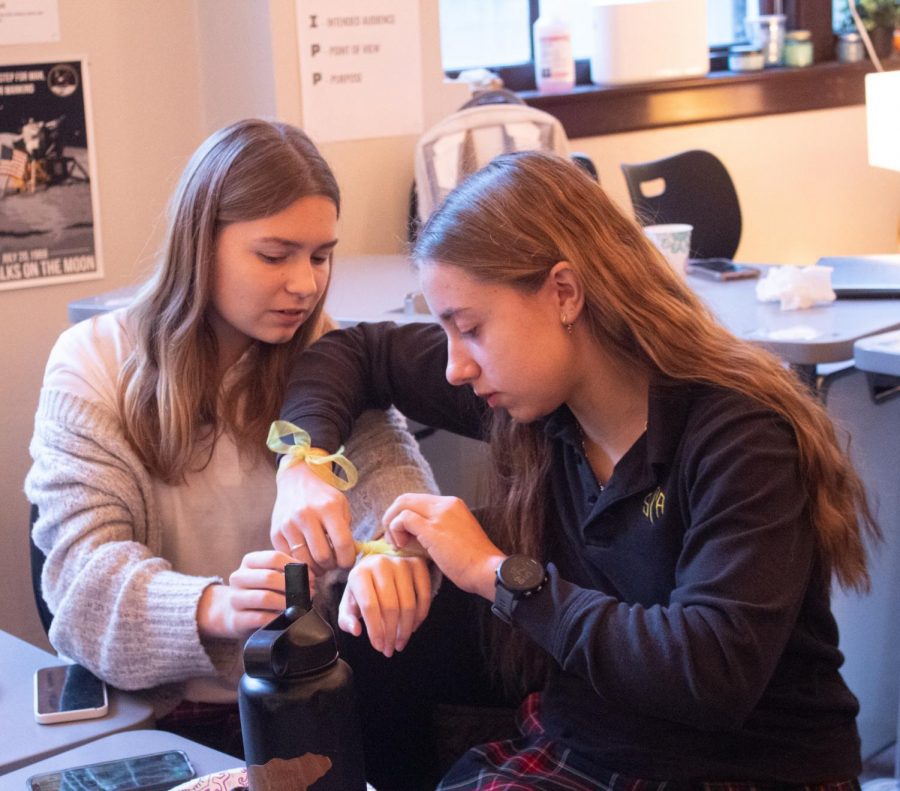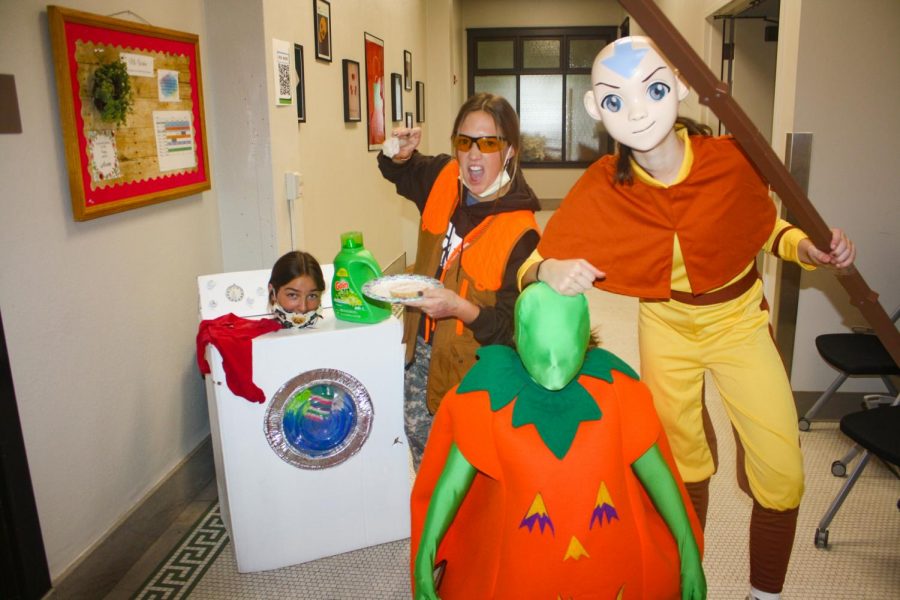By adding new, 3 pound, black machines scattered across the classroom, teachers have begun to subtract the previous, 8.5 by 11 inch, white paper scattered inside students’ backpacks. With the idea of saving money on supplies and paper on printing, STA is on it’s way to becoming environmentally friendly. Students are left not with handouts, but rather links to webpages and PDFs. Because of some student’s natural tendencies to want an actual book to look at or paper to write on, many STA students are left to print their own materials at home.
For junior Katie Evans, this situation happens most school nights.
‘I wish teachers would still print off [papers] because I end up printing everything off at home anyways,’Â Evans said.
According to Evans, she prefers tangible things. Marking up, highlighting, writing on, and flipping through pages attracts her to a printed copy of class notes and assignments.
In addition, Evans is worried she will exceed her 1,000 prints at school. Because of this, she ends up printing nearly twice as much paper at home than she does at school, causing her to doubt how much paper and money the school is actually saving.
‘It defeats the purpose, because it ends up costing everyone more money, not just the school,’Â Evans said.
On the other hand, principal of academic affairs Barbara McCormick believes in the school’s effort to save paper and money. According to McCormick, by saving dollars through paper, printing, ink cartridges, and maintenance, STA is advancing its efforts to become ecofriendly.
‘This is a huge environmental problem were trying to address as we move towards becoming green,’Â McCormick said.
Freshman Paige Lankford agrees with the idea of STA saving paper. She believes that the 1,000 prints per student every year is even too much.
‘Students should have the responsibility to print [materials] at home,’Â Lankford said.
Living up to this standard, Lankford has not printed any papers at school yet. Instead, she prints anywhere from 15 to 20 pages at home every week. Similar to Evans, Lankford sees the school’s savings on printing become an extra cost for her family at home.
‘When I take notes in class on the netbooks, I still print them out [at home] and put them in a notebook,’Â Lankford says.
Science teacher Terry Conner recognizes how some students still opt to print most materials.
‘The student that likes [paper] will print it all,’Â Conner said. ‘But this way, at least I’m not printing extra papers, [because] the people who don’t like [paper] would waste it.’Â
Believing in giving each student options, Conner addresses every student’s personal preference while still working toward going green. By scanning handouts and labs onto moodle, the student can access and print them ahead of time. Otherwise, they can use their netbooks during labs or to turn in assignments.
McCormick recognizes these preferences as well.
‘Our preferences as humans are around what we like and dislike,’Â McCormick said. ‘Those change over time, with new technology.’Â
Although the amount of savings through these netbooks cannot be determined until the budget expenditure is examined later in the year, McCormick believes STA must keep trying.
‘As long as you help one another along, everyone [will] move forward toward this envirornmental movement,’Â McCormick said.











